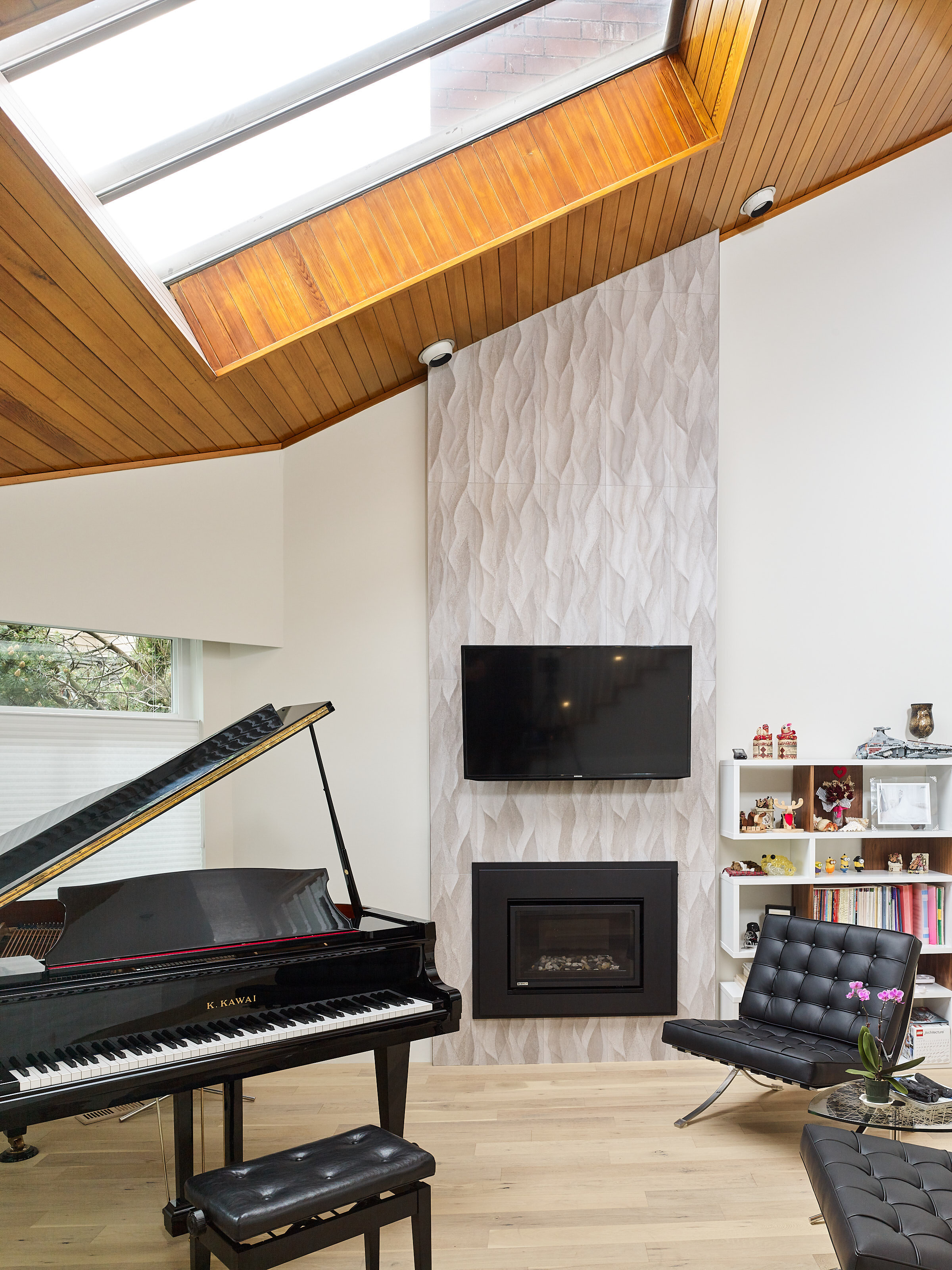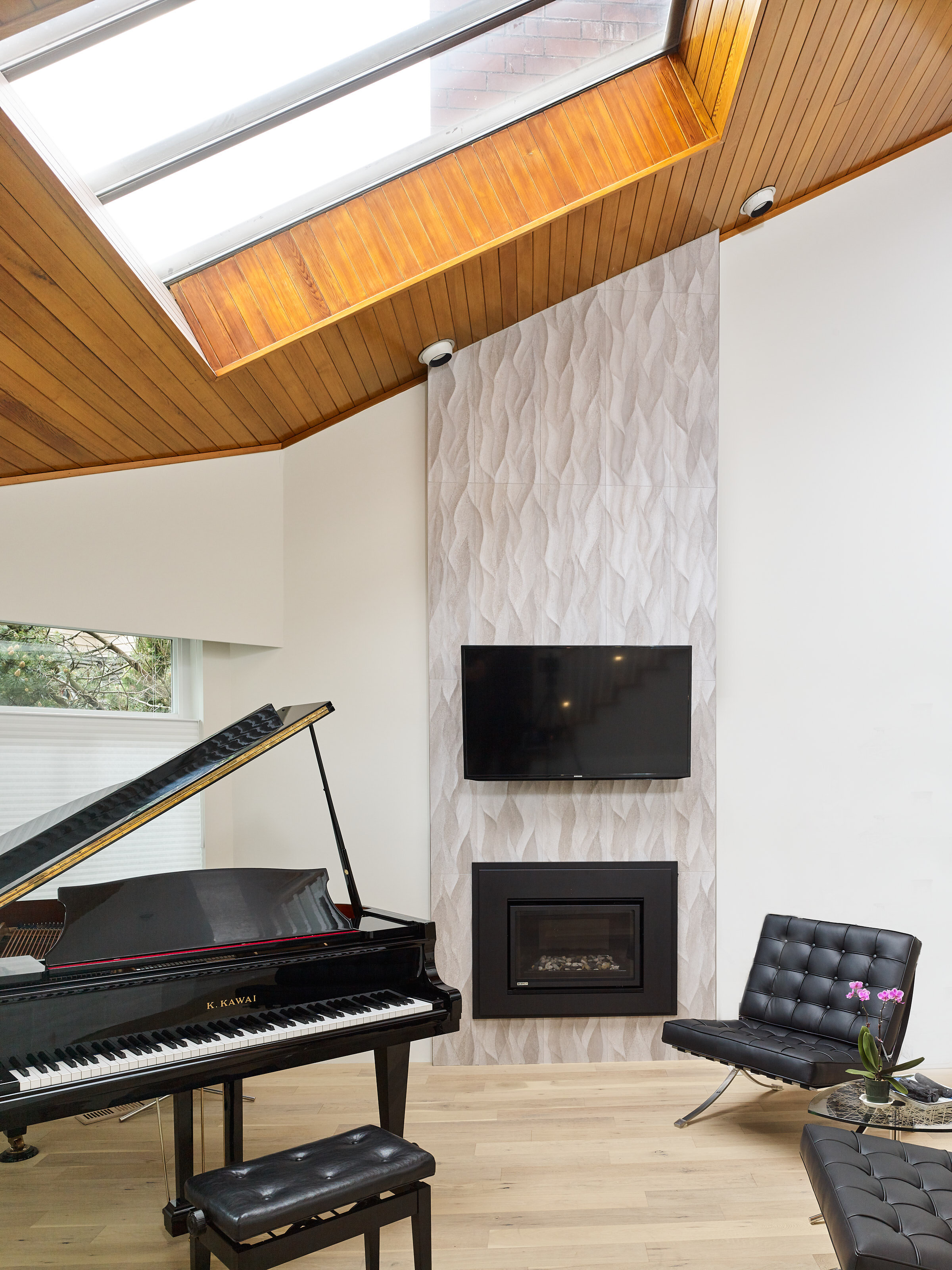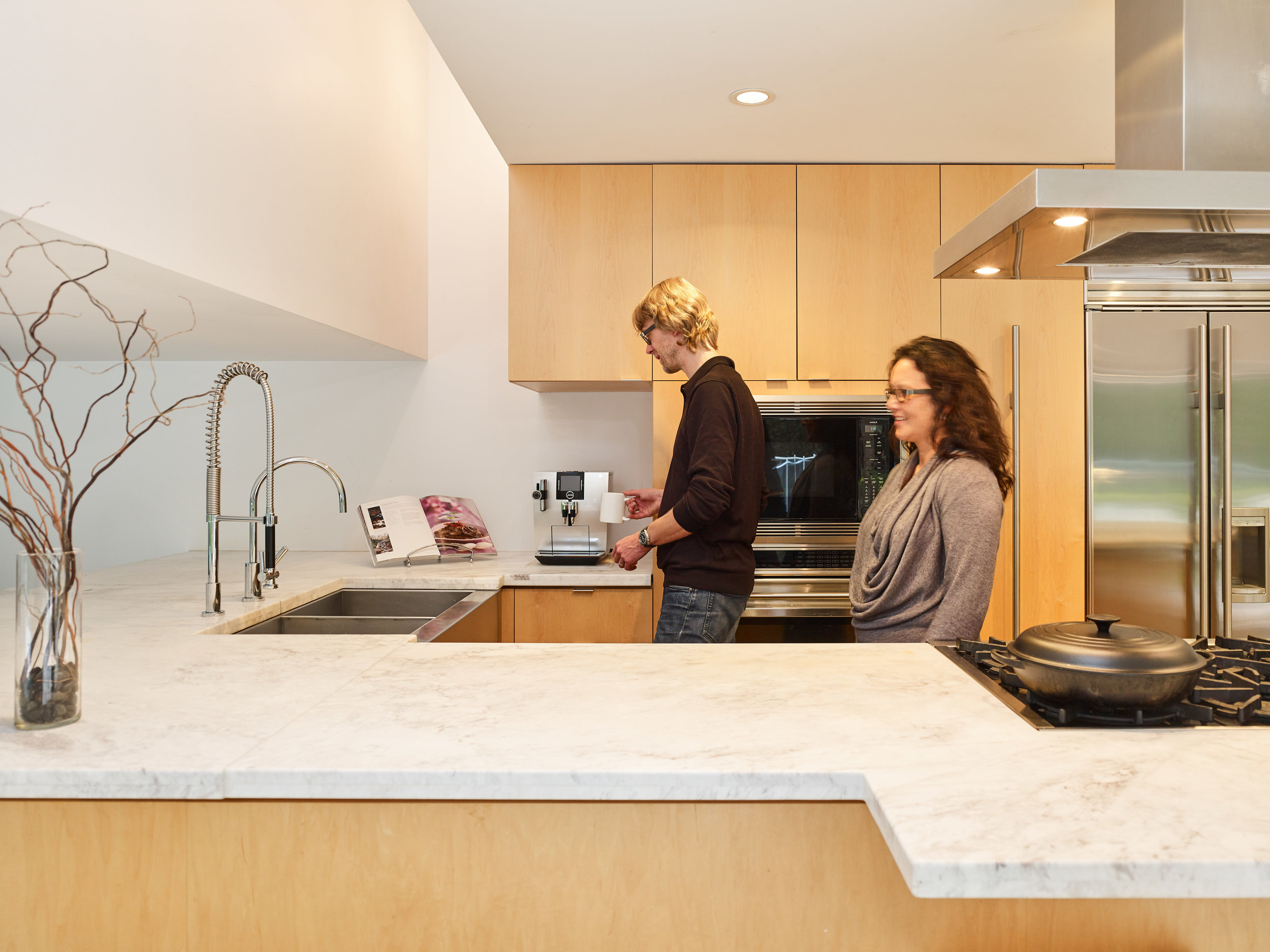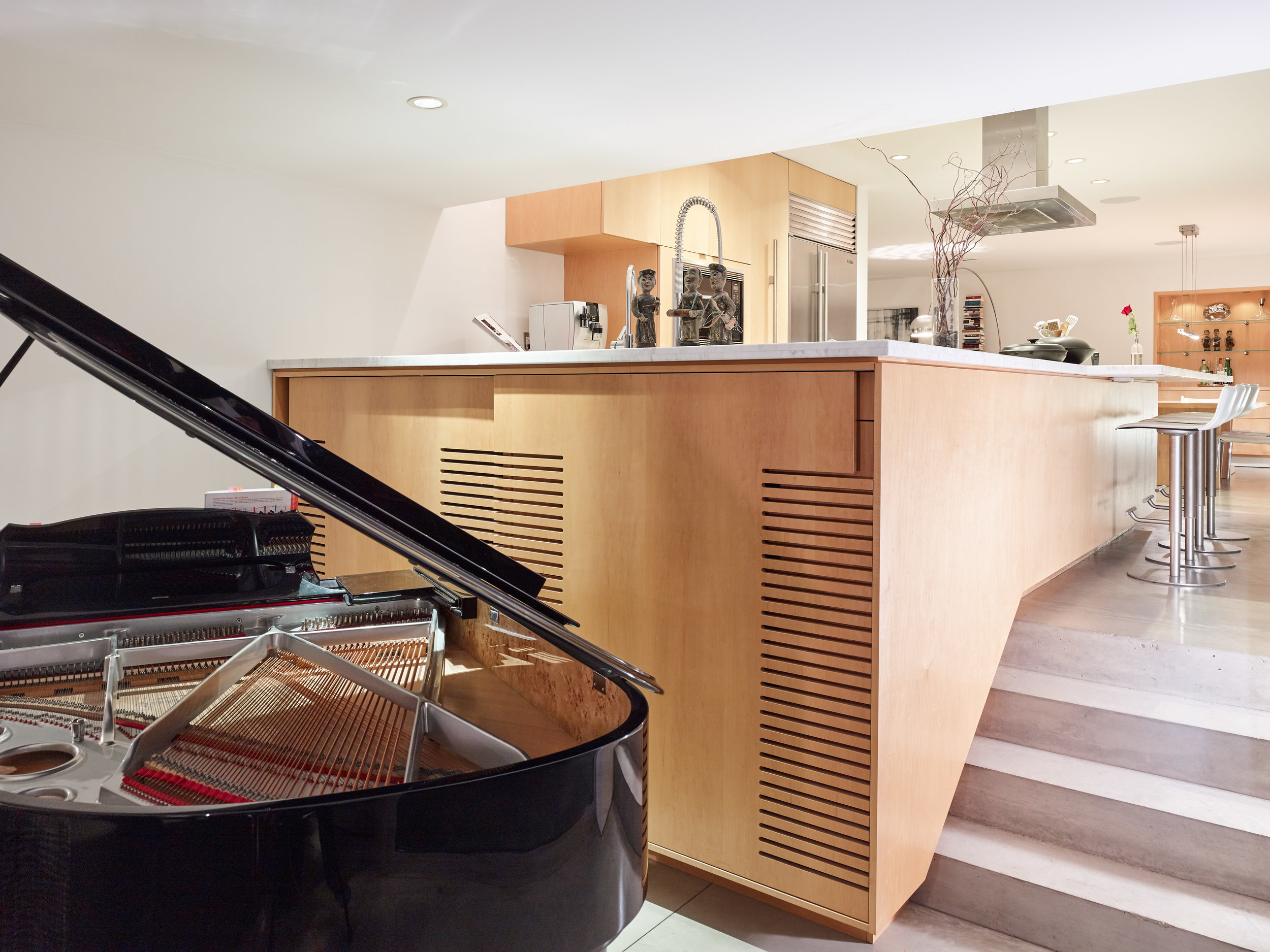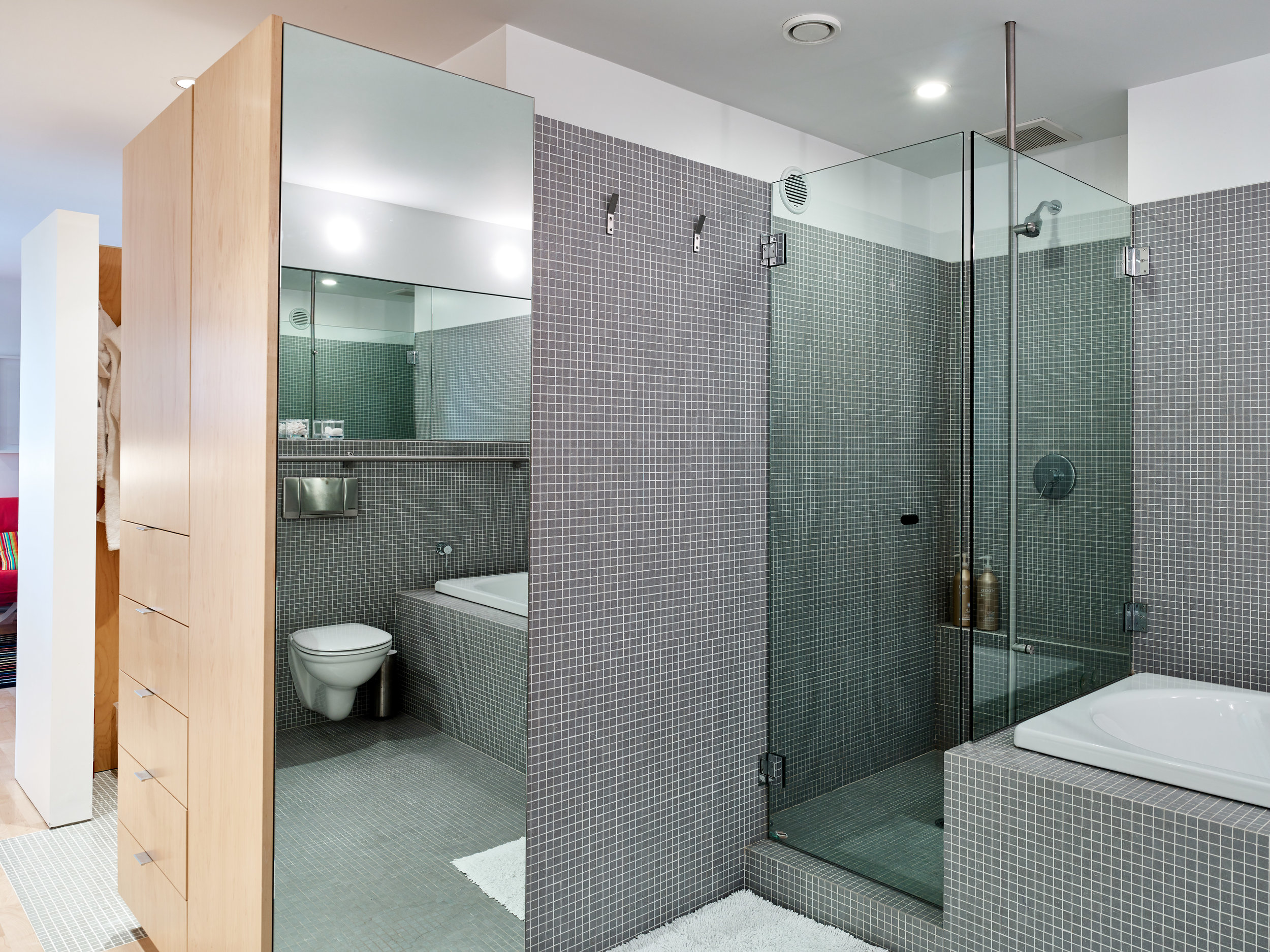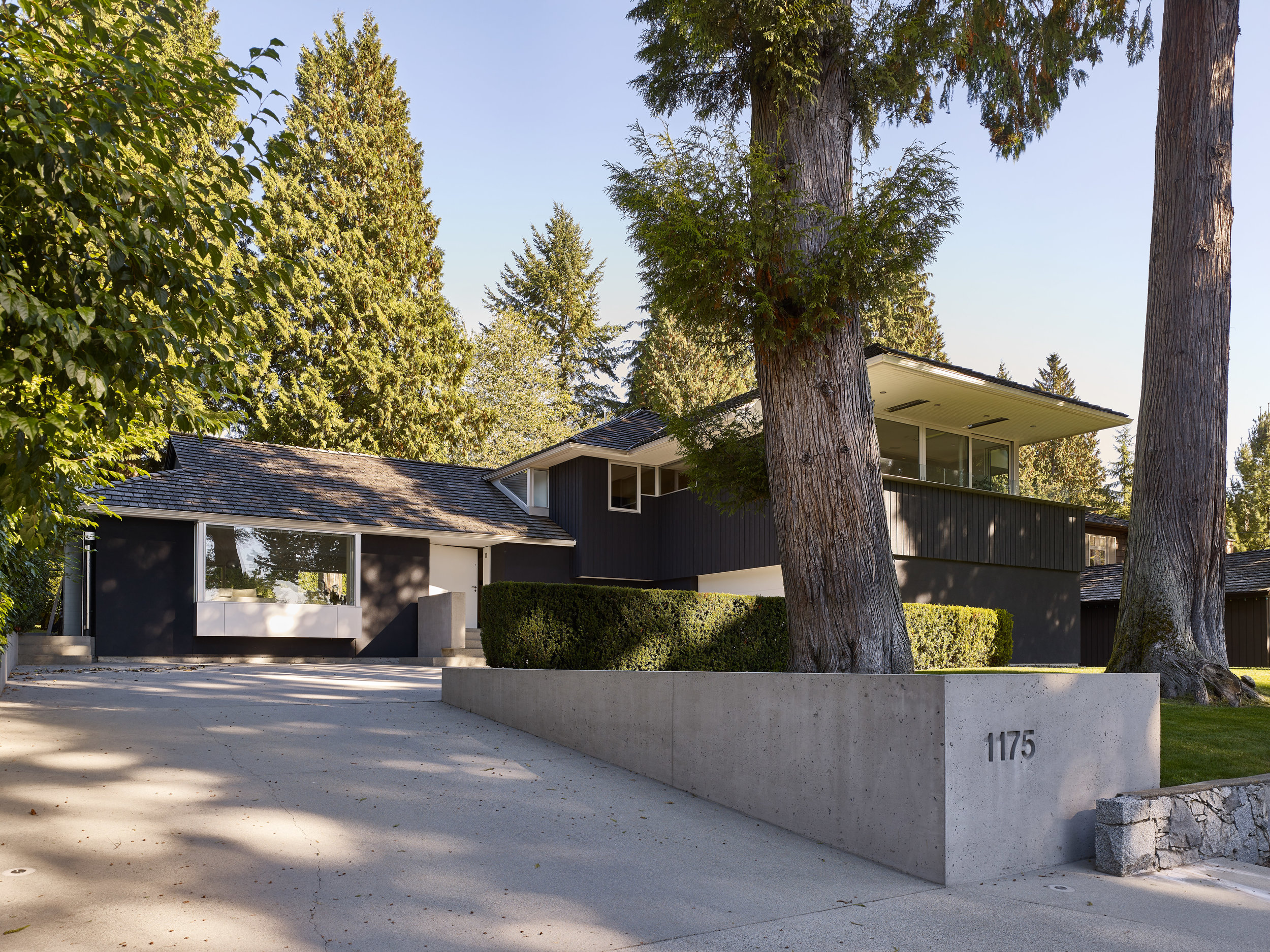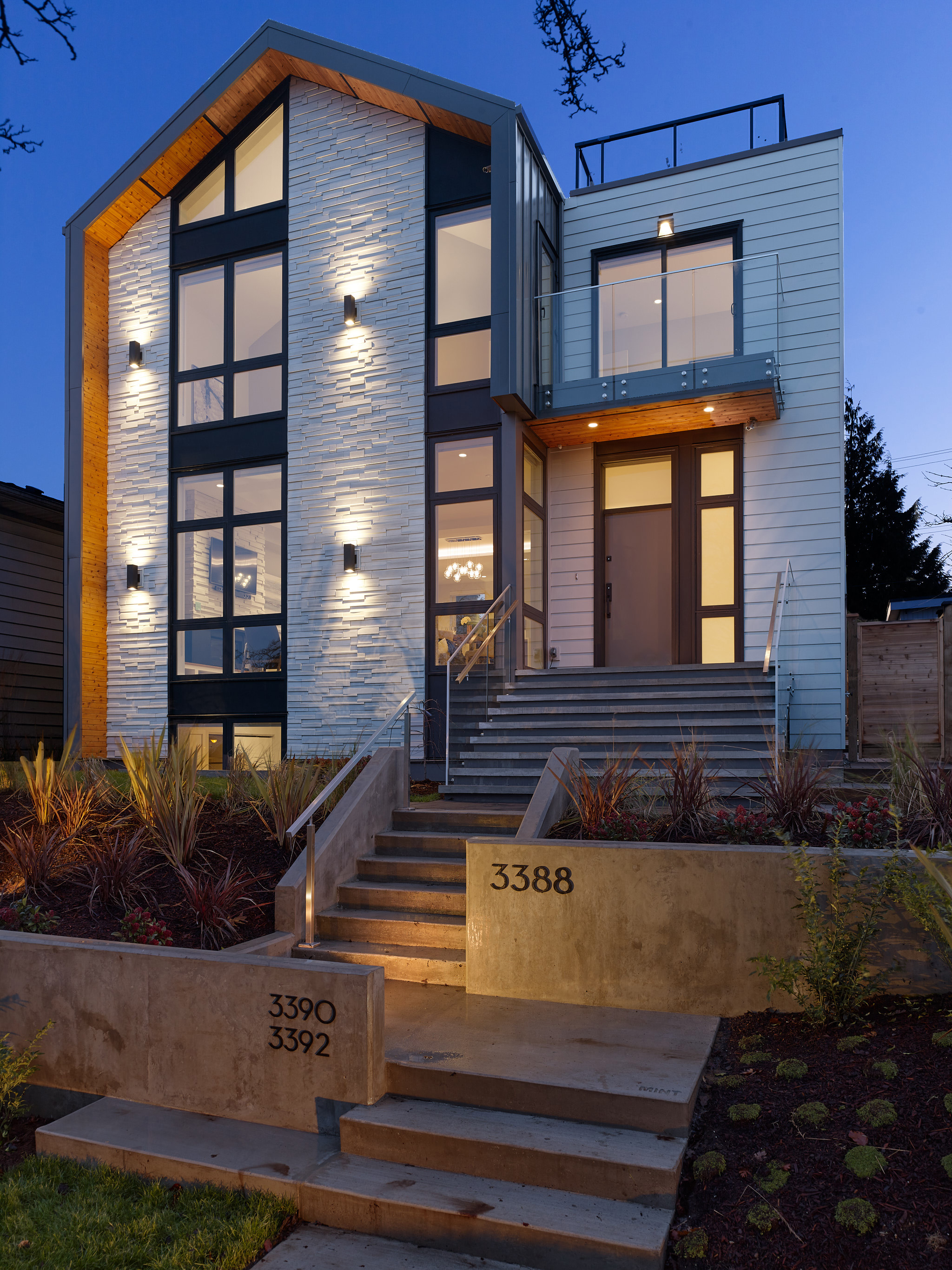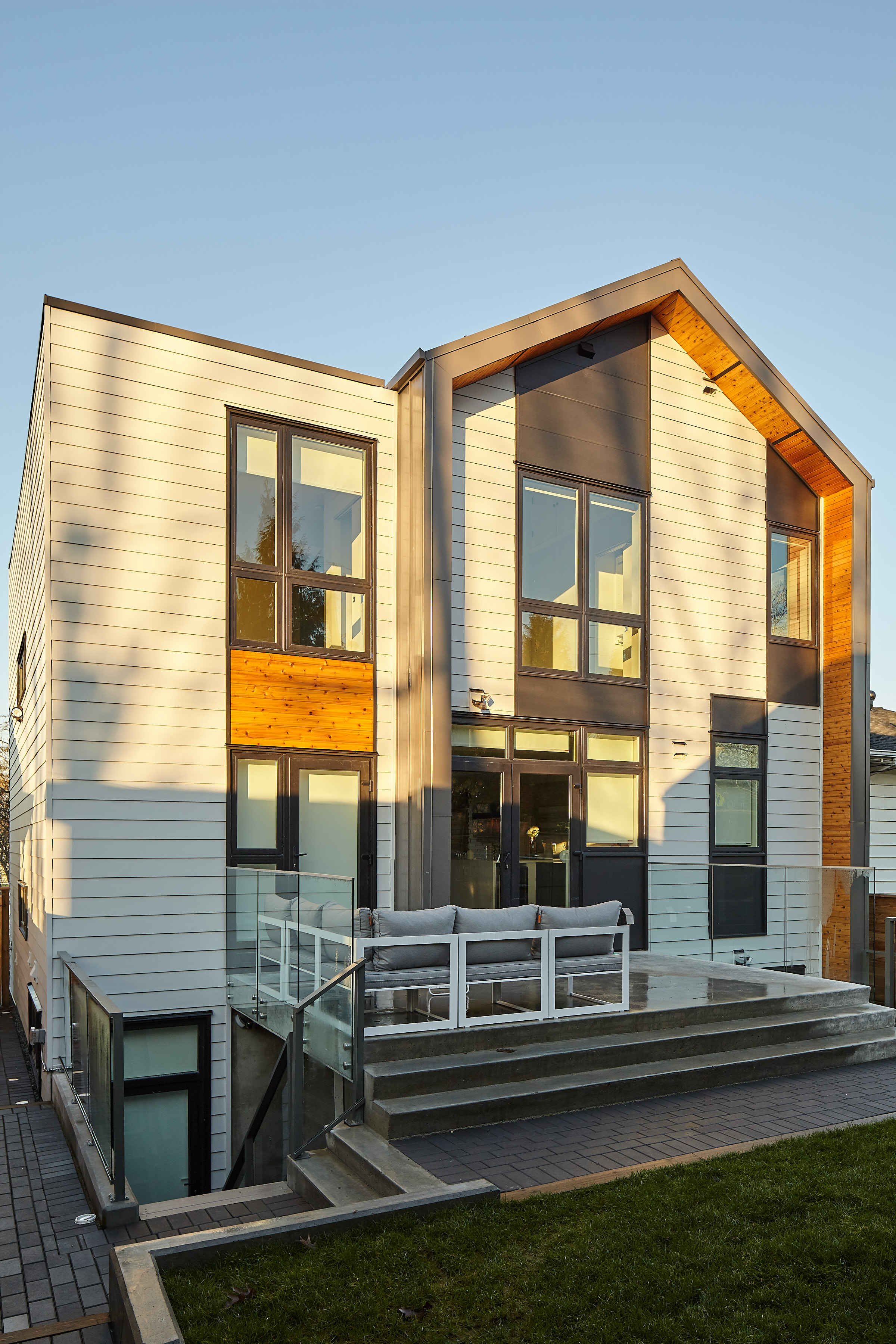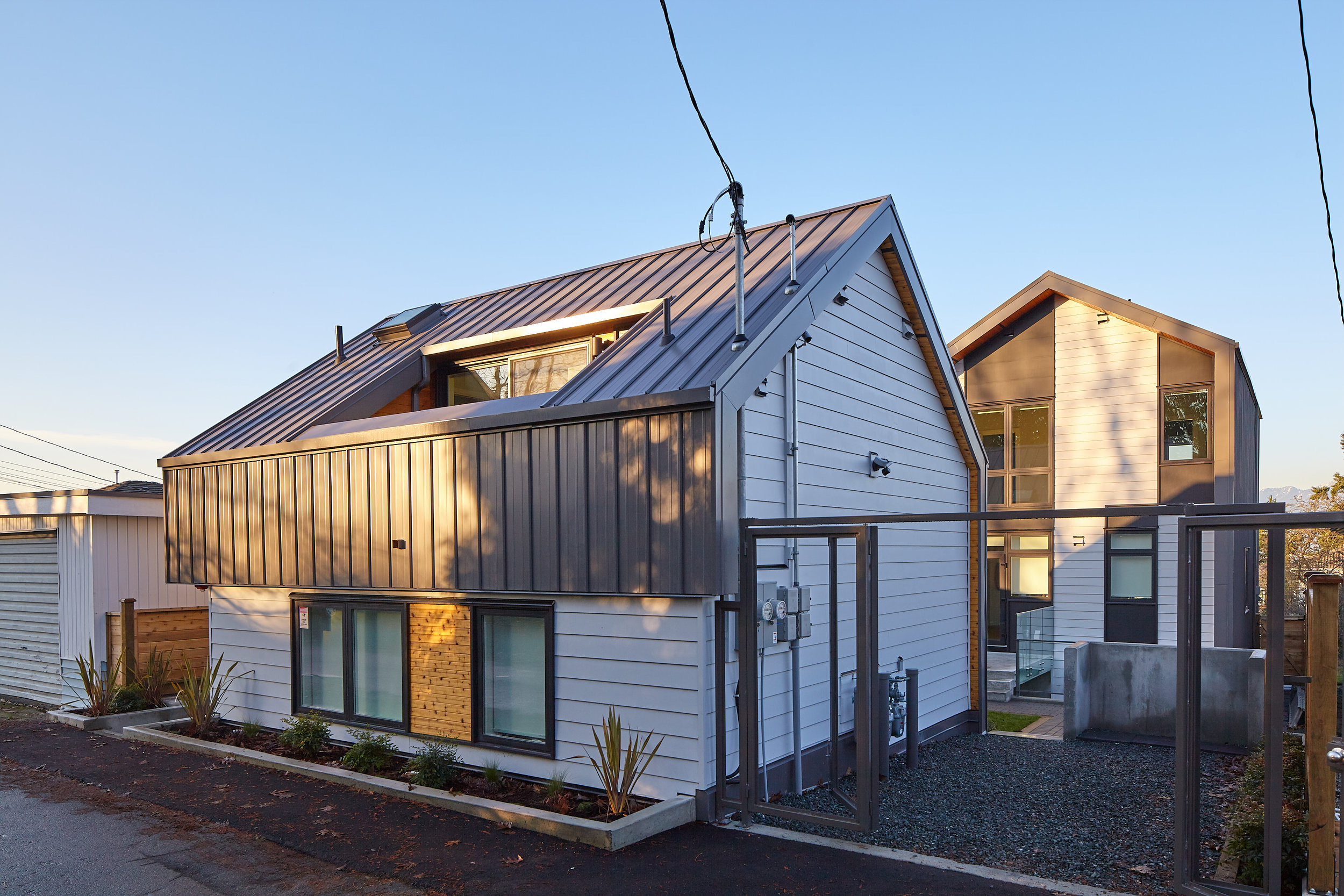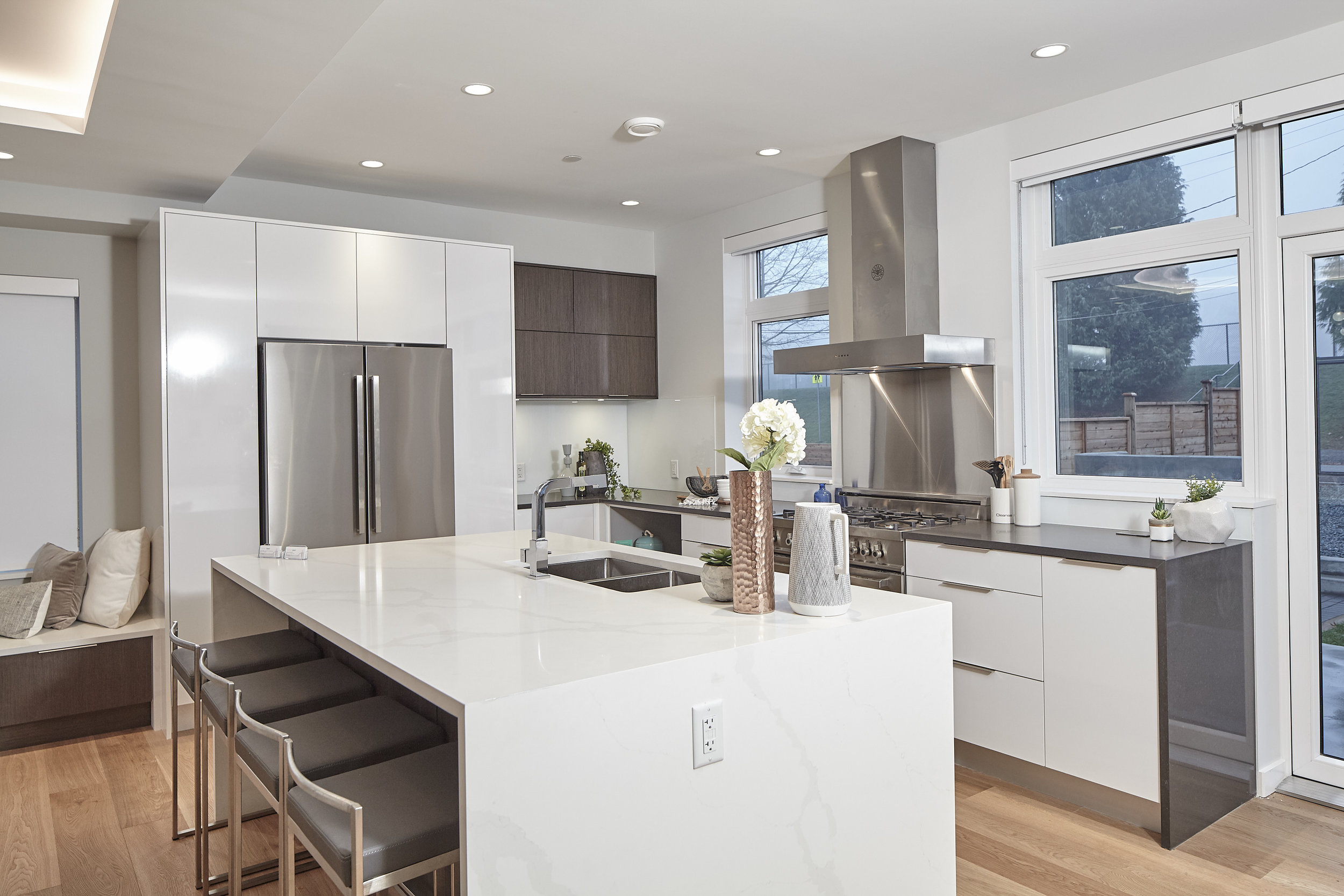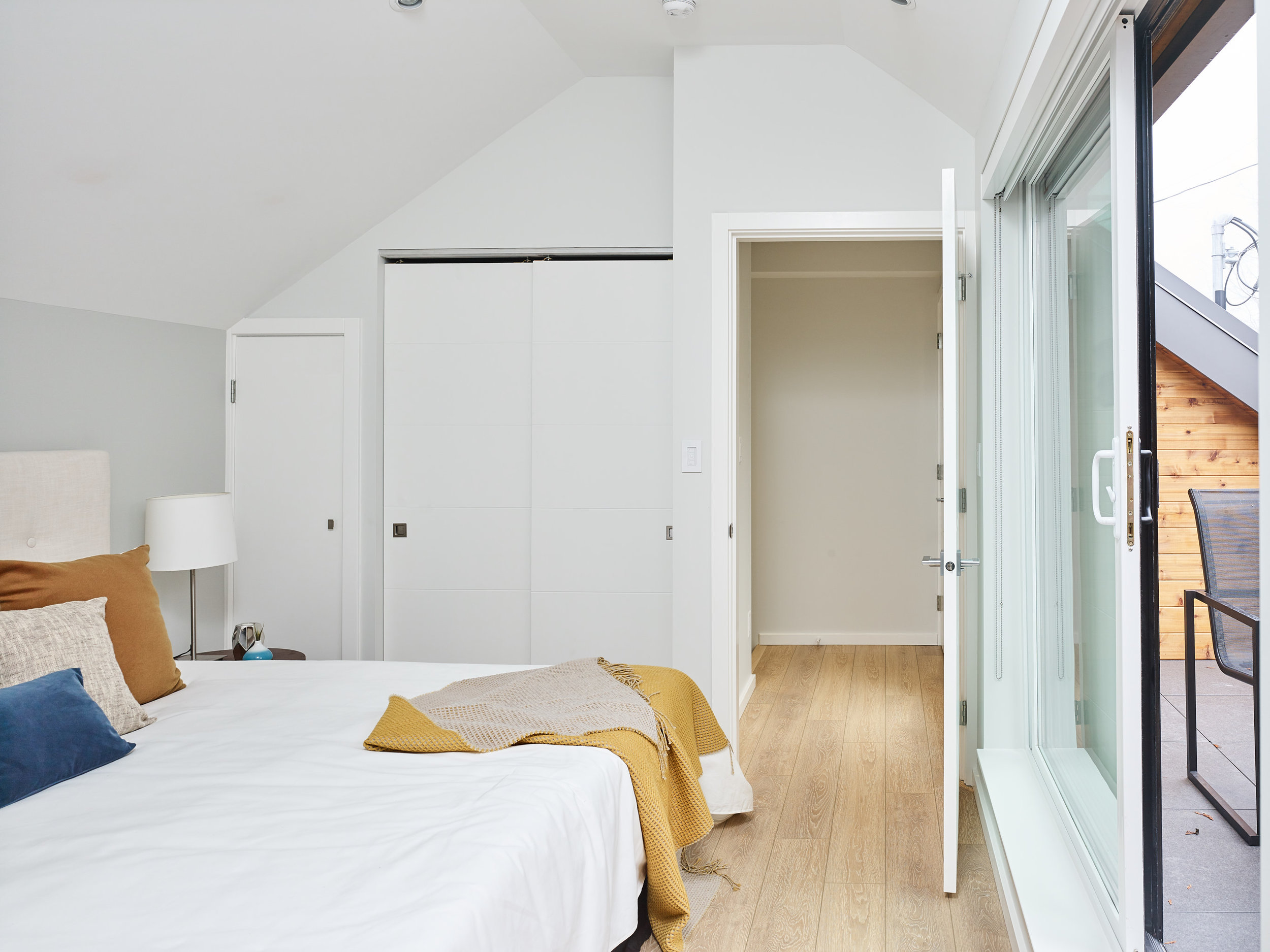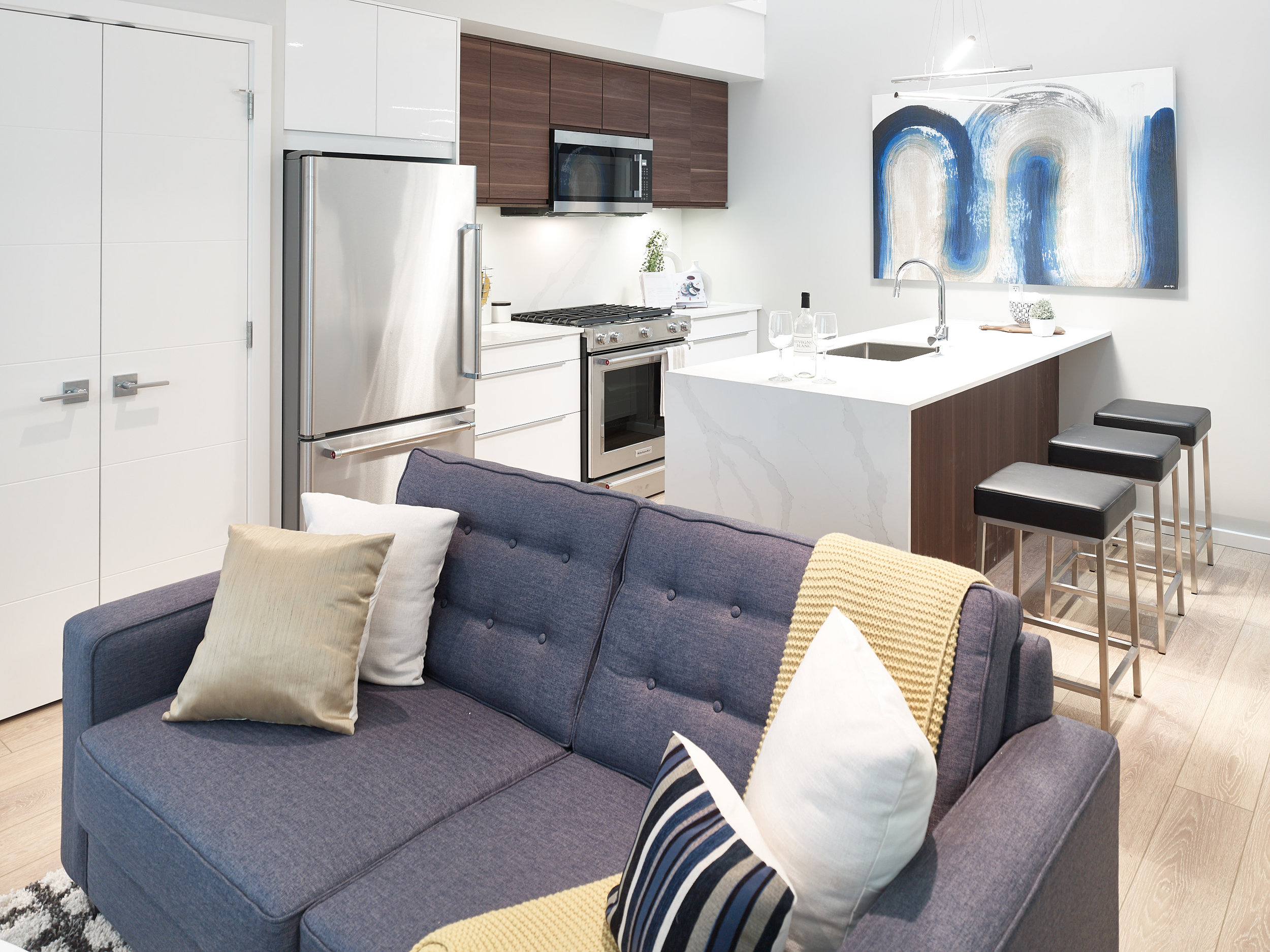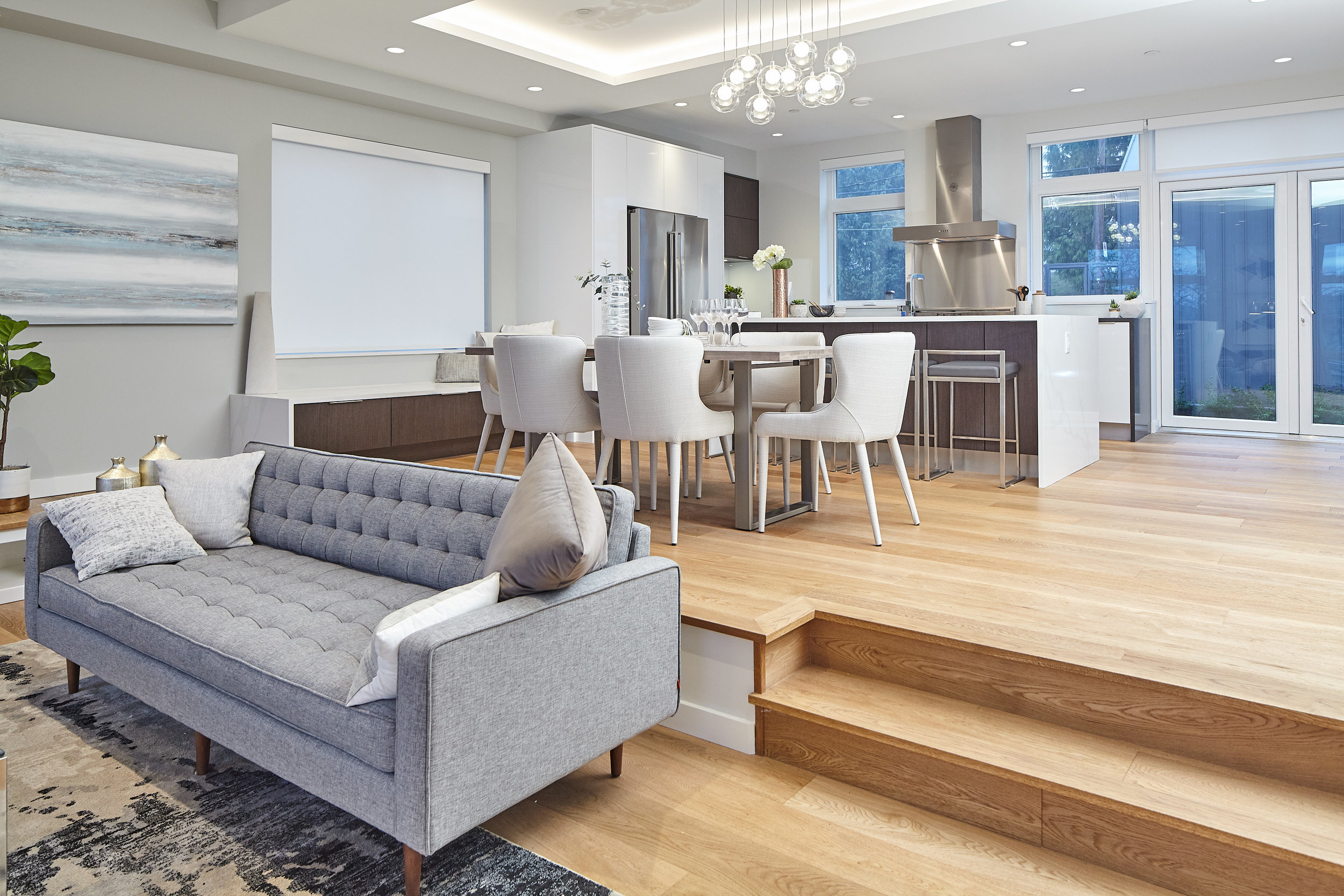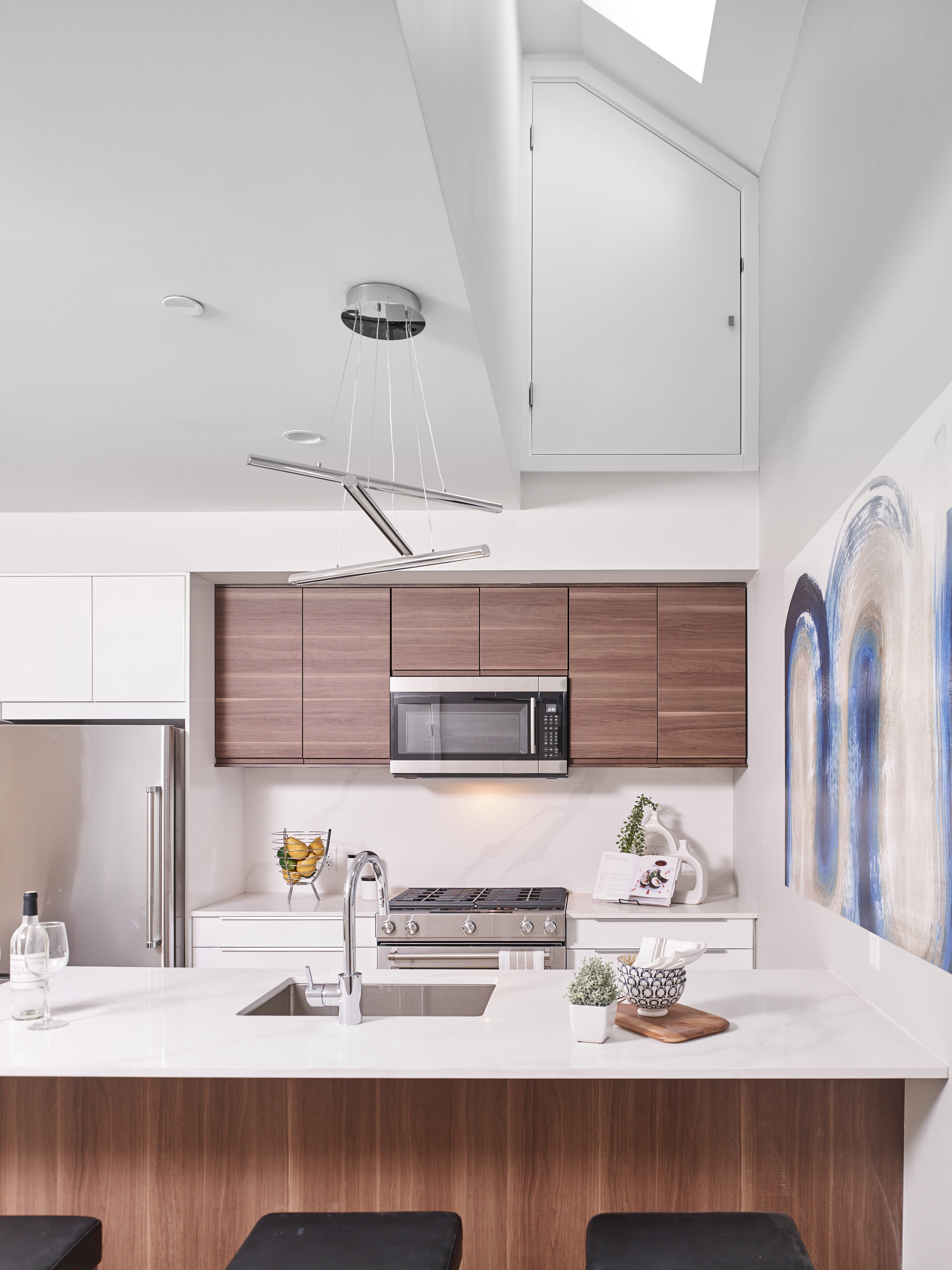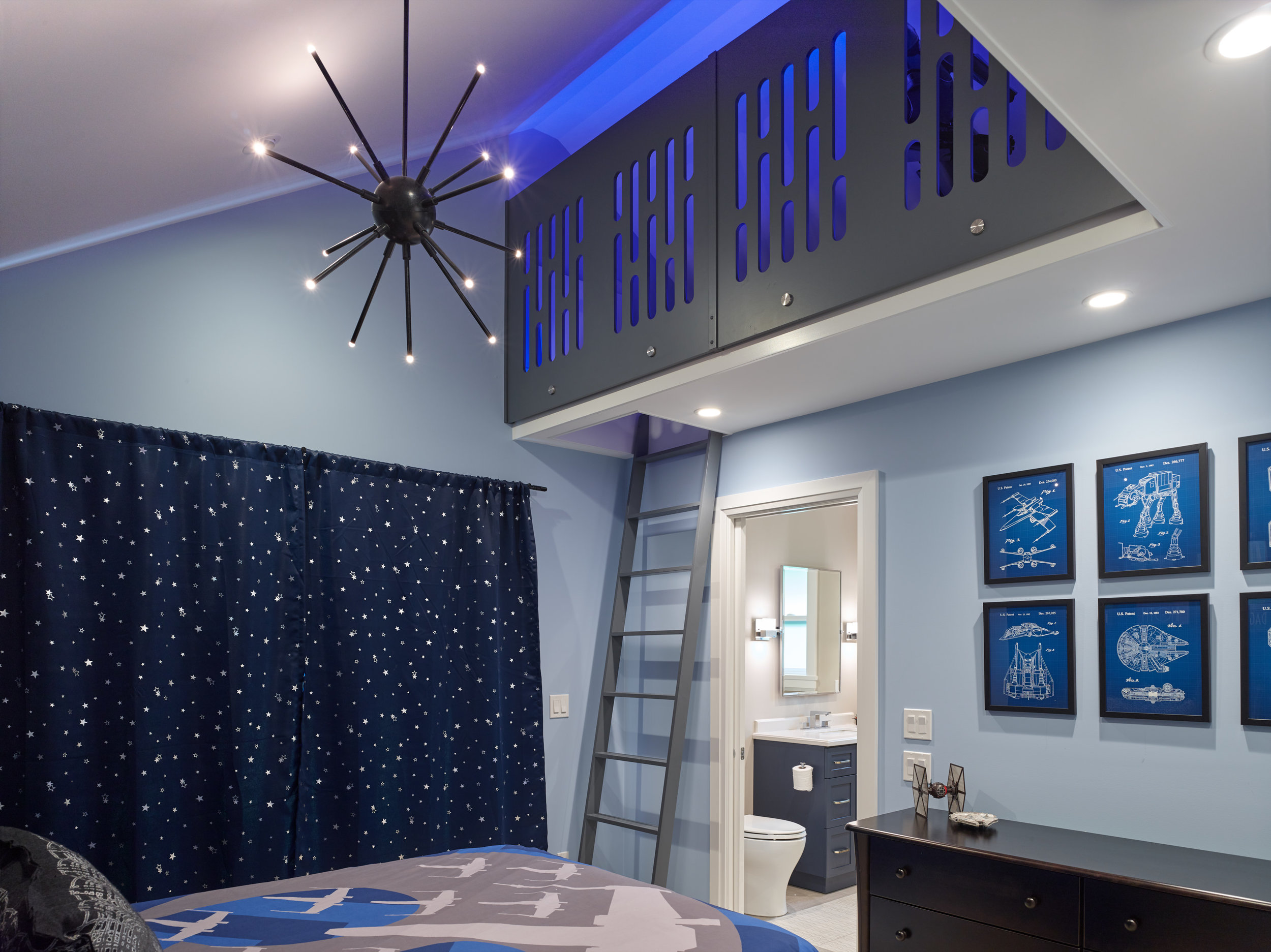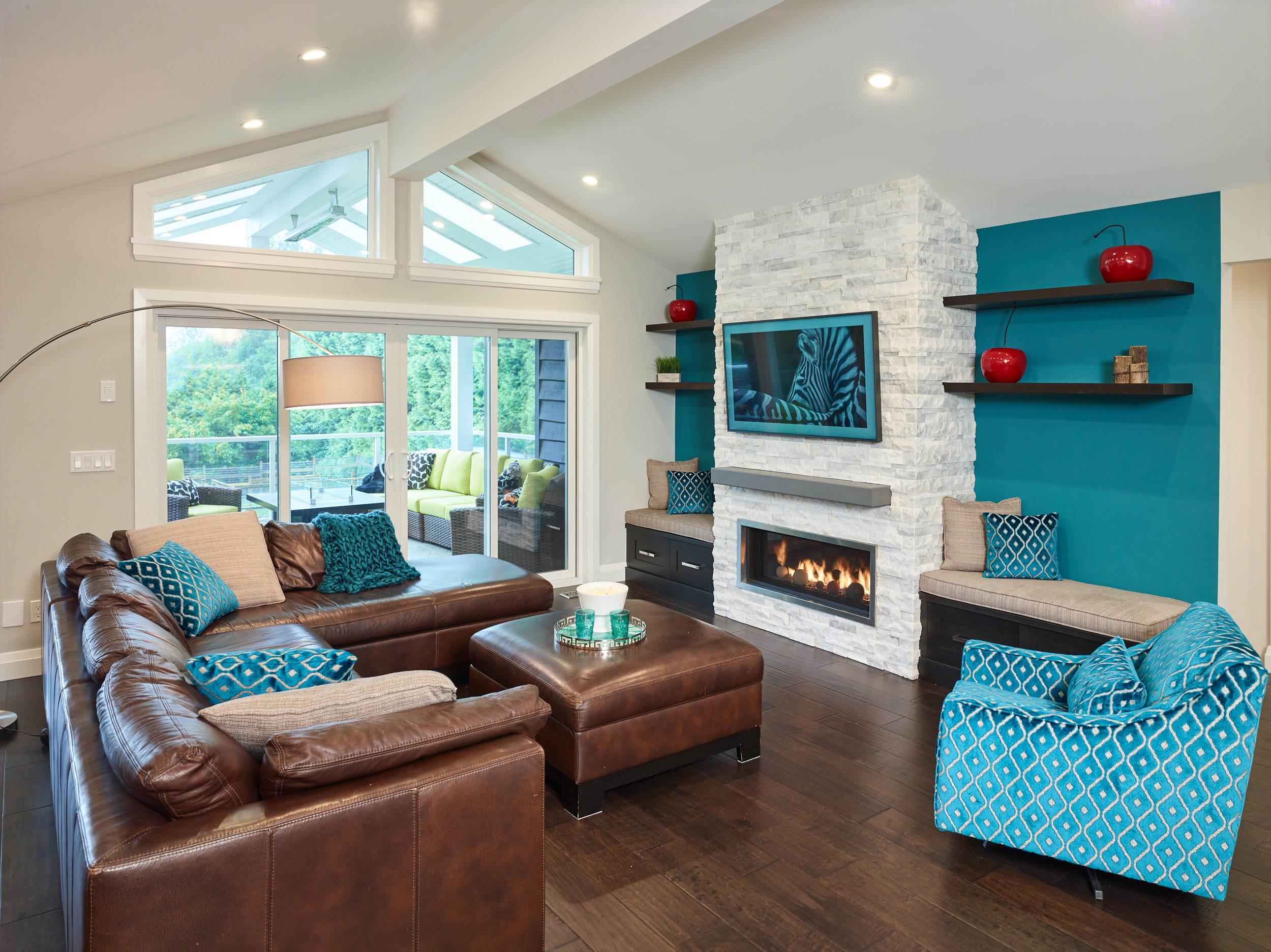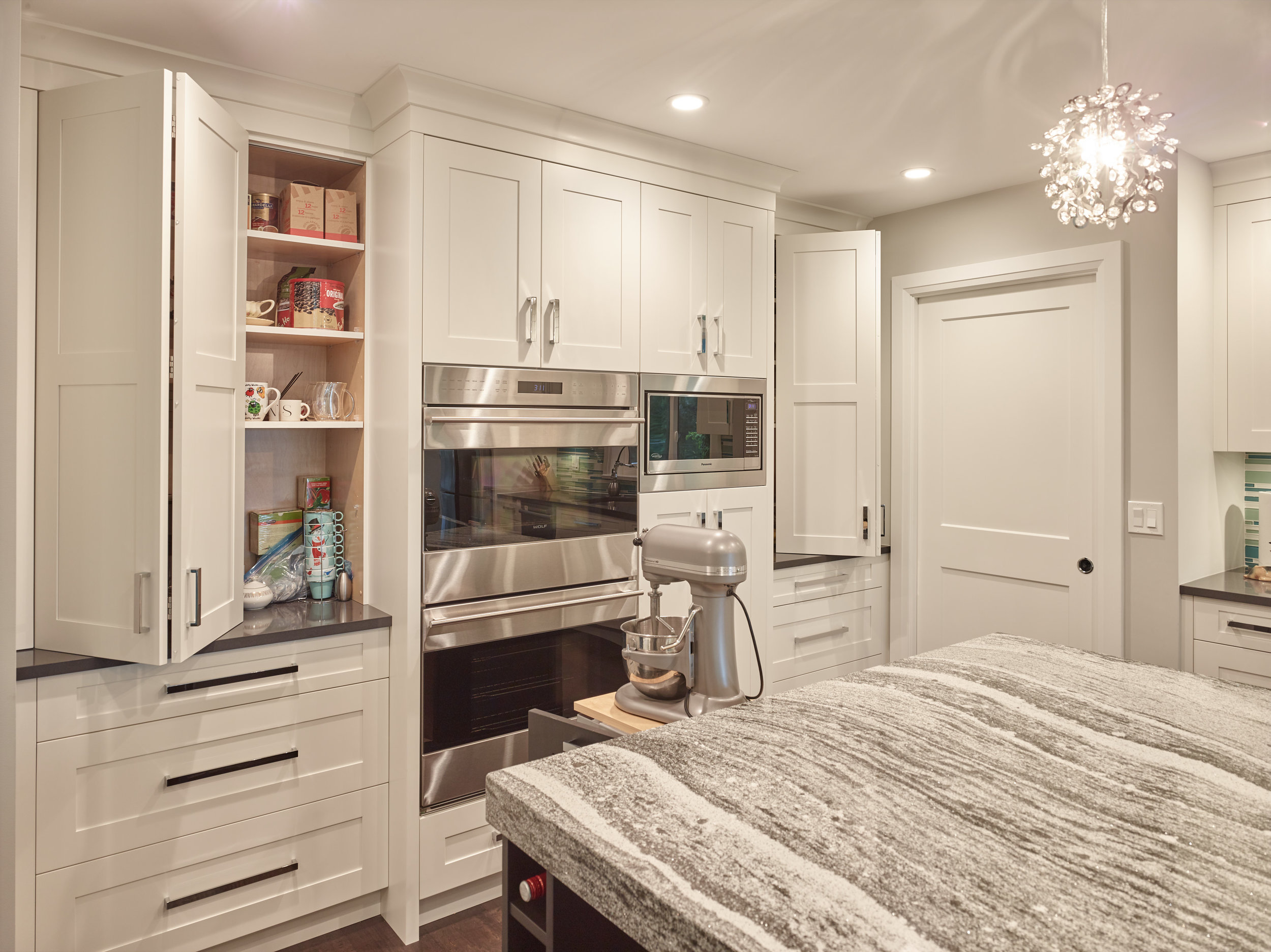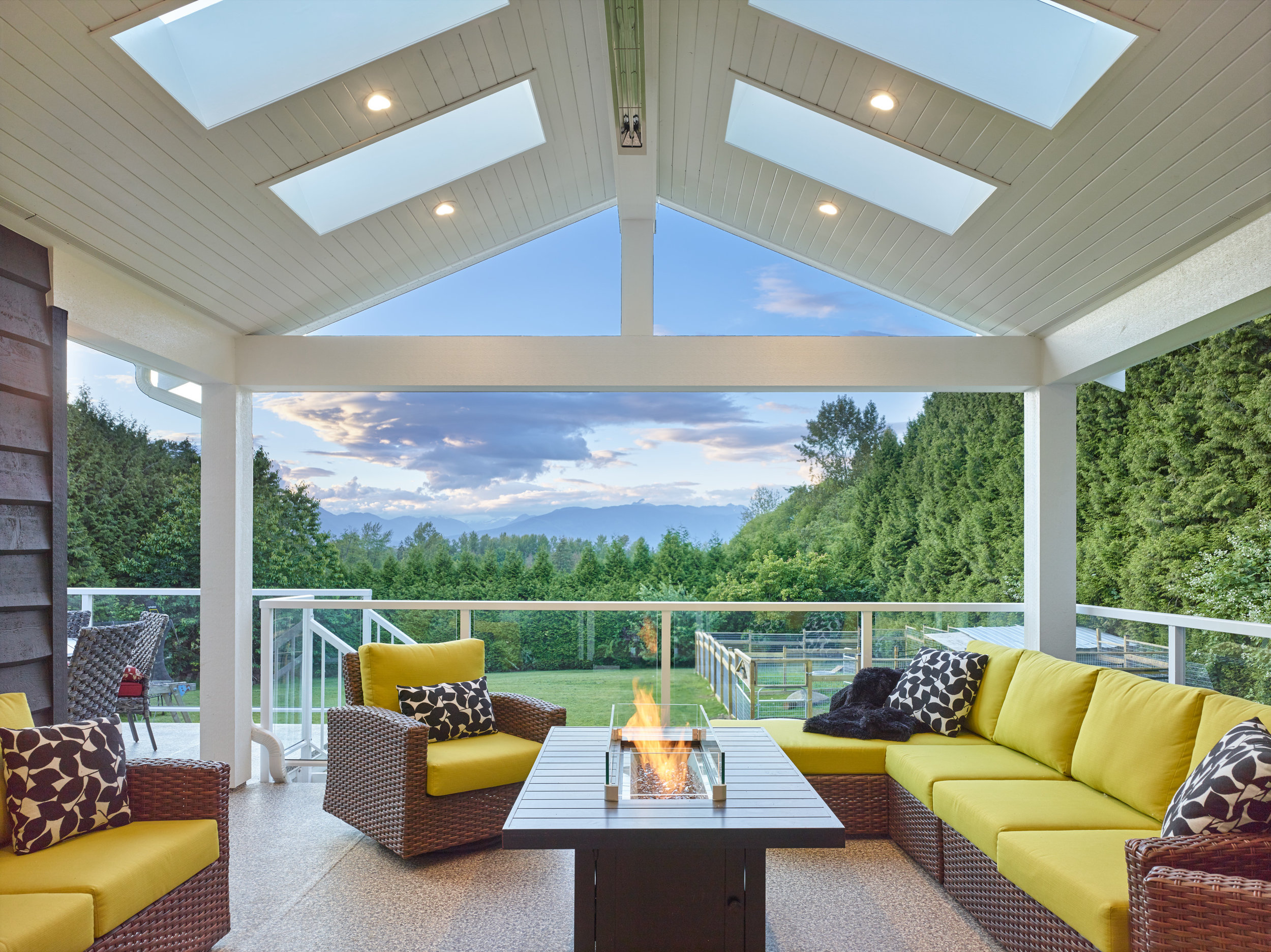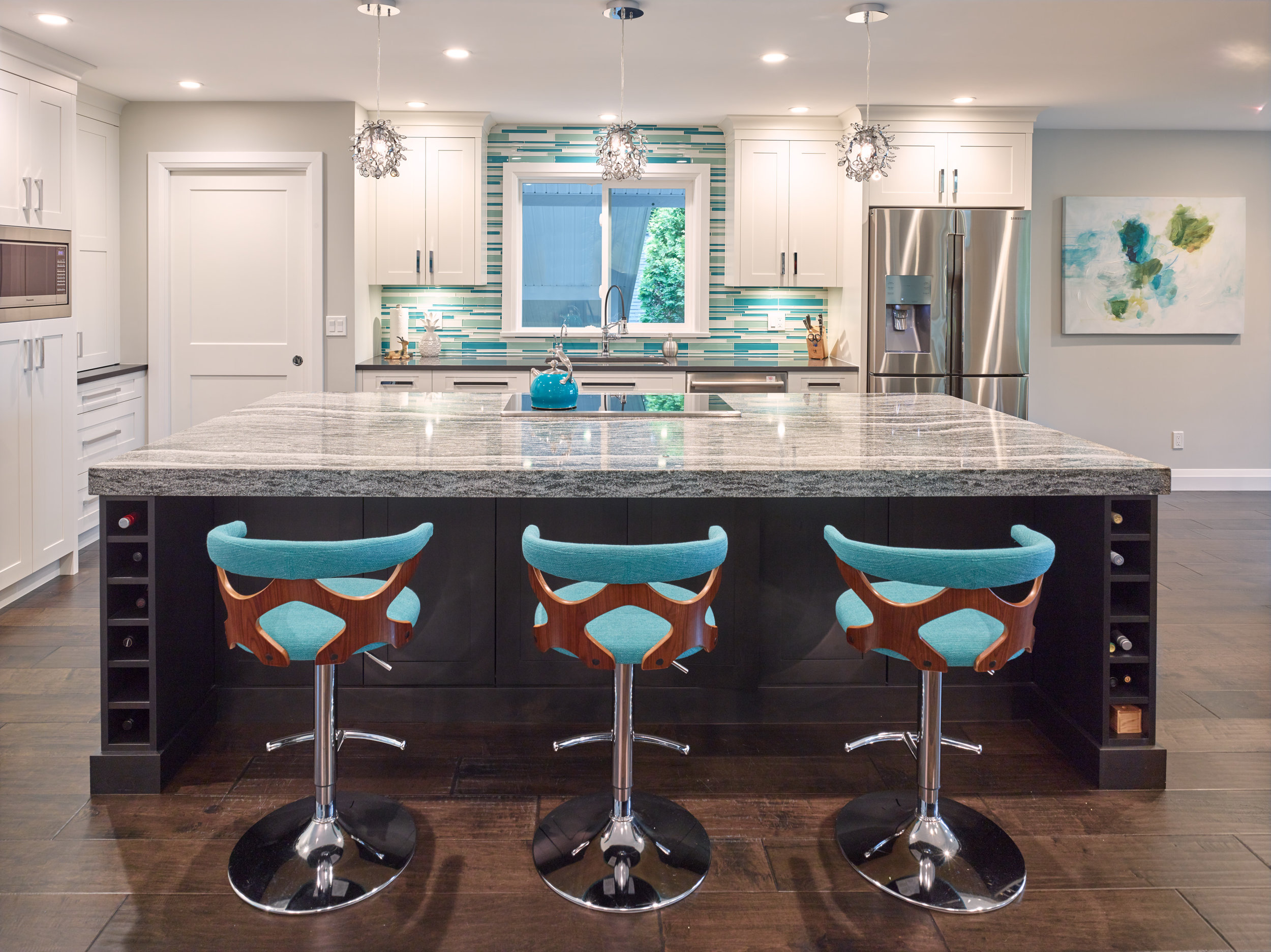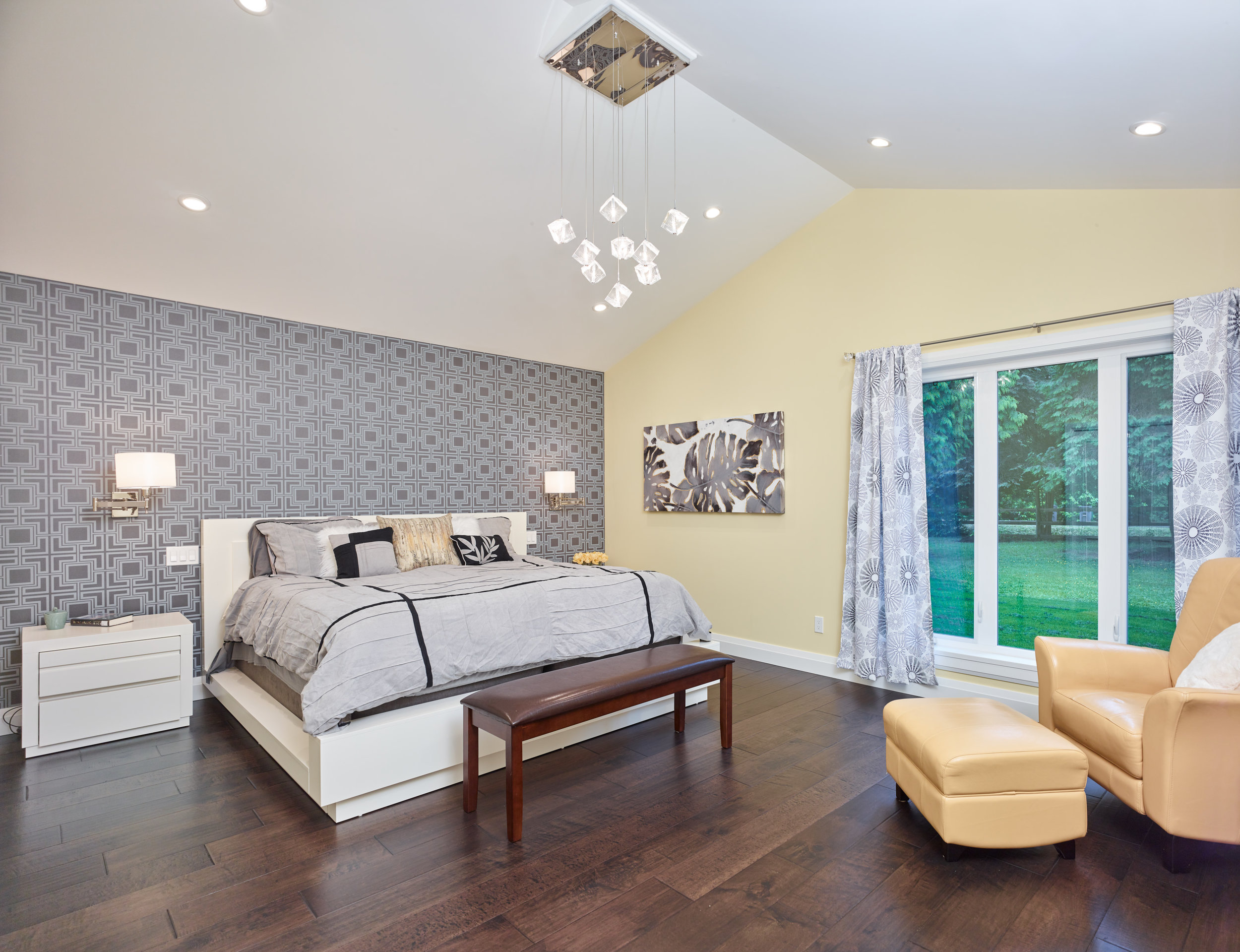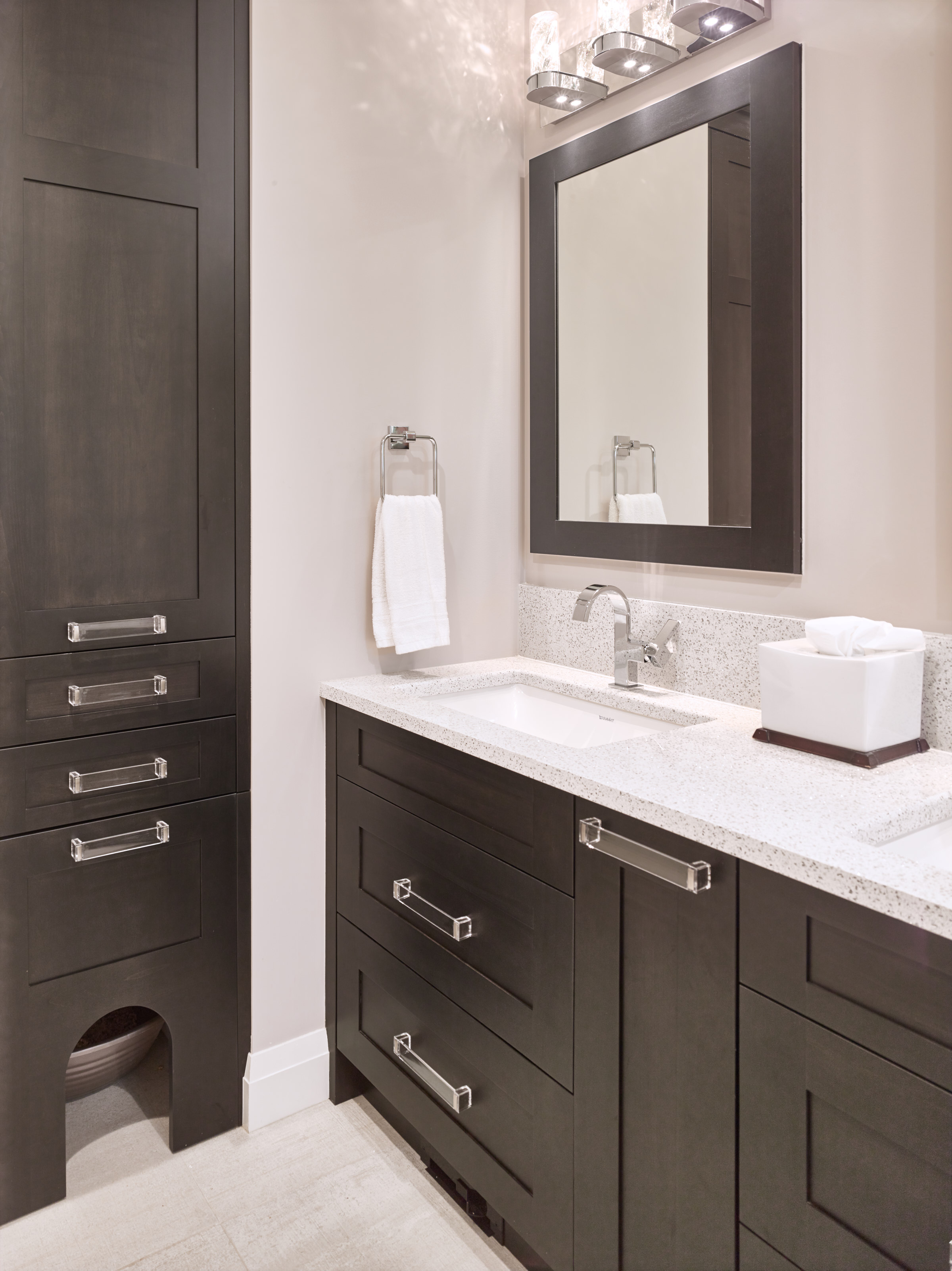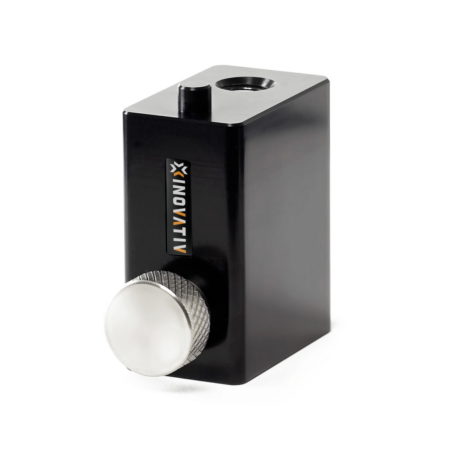Like a lot of pro users, I’ve been running into the issues brought on by the new, lobotomized, thoroughly ruined Export dialog in Capture One 14.3. (For those new to this suckfest, go check here, here, and here, among other places. And for the love of Niels Knudsen, don’t upgrade to 14.3 for critical work if you have a remotely complex export workflow, particularly if you’re on a catalog, if you haven’t yet!).
But as it happens, having been on beta, I now have sessions that I’m going to need to export, and am running into two limitations: first, the fact that C1 doesn’t export images in the order you choose them when using Manual sort (so if you need to export things in a format like Img1, Img2, Img3, then you’re SOL unless your image order matches the filename order); and second, the fact that output subfolder support has been removed entirely with the new Export tool. And while I could always regenerate my sessions on 14.2 and copy the files over, I rather like some of the new functionality and speed of 14.3. What’s a busy shooter to do?
Get scripting, that’s what! Time to go work around a couple of Capture One’s bugs while we wait for them to hopefully bring the old Process tabs back…or at least fix some of the more egregious bugs that some of us reported in beta. Here goes: three scripts to make this process at least bearable. You’ll want to download these, save them off/set the permissions appropriately using Script Editor for your machine (yeah, I should really get myself an Apple Developer membership so I can properly code sign things…), put them in your C1 Scripts folder, and go.
Process In Correct Order: This script processes images in the correct order. To use, set your Export recipes using the Export dialog, reset image counters as you see fit, and hit Close rather than Export. Once you close the Export dialog, go to Scripts > Process In Correct Order, and your images will come out in the correct order.
Set Output Subfolders: This updates the selected recipes (it defaults to your currently selected recipes) to the subfolder you enter, relative to the Output folder. You do not need to create the folder—the script creates it for you if necessary, just as C1 used to! (What a concept, right?). It then updates your recipes to use that folder.
Restore Output Subfolder: This updates the selected recipes (like Set Output Subfolders, it defaults to your currently selected recipes) to use the default session output folder; effectively undoing the above script. Depending on your workflow, you may want to modify this to run automagically on process complete so you don’t forget where you’re exporting to.
Terms and conditions
These scripts are offered as AdvocacyWare. They come with no warranty, express or implied. I am not responsible if they cause damage to your machine, your files, etc. I would rather be using real functionality than having to hack around C1’s rotten development practices and failure to listen to their loyal customers who depend on their software and faithfully beta test for them, but here we are. So…
If you find them useful, by using these scripts you promise to do one or more of the following actions for the Capture One user community:
Donate a beer’s worth for my efforts here
If you’re a Phase One hardware owner or a POCP, open up a support case urging Capture One to bring the old Process workflow back in a future release…and/or fix their missing functionality. Also, let your dealer know—they probably won’t be able to do much right now, but they can report back how frustrated everyone is.
Add your name to this change.org petition.
Tell Capture One that if they don’t fix it, you’re dropping your subscription and/or refusing to upgrade because they’ve broken things we pros (and lots of others, it seems) depend on for our work, and money talks. Since C1 is owned by private equity, it’s probably one of the only things they’ll actually listen to.
…And actually do it, if this doesn’t affect your workflow. (You can always use the trial version if you have multiple licenses…)
Tweet at the official Capture One account, @captureonepro and Capture One CEO’s personal account, @rafaelcoyote, urging them to fix this ASAP. Add your voice to other discussions on social media if you feel so inclined.
Download
Download ExportScripts.zip









